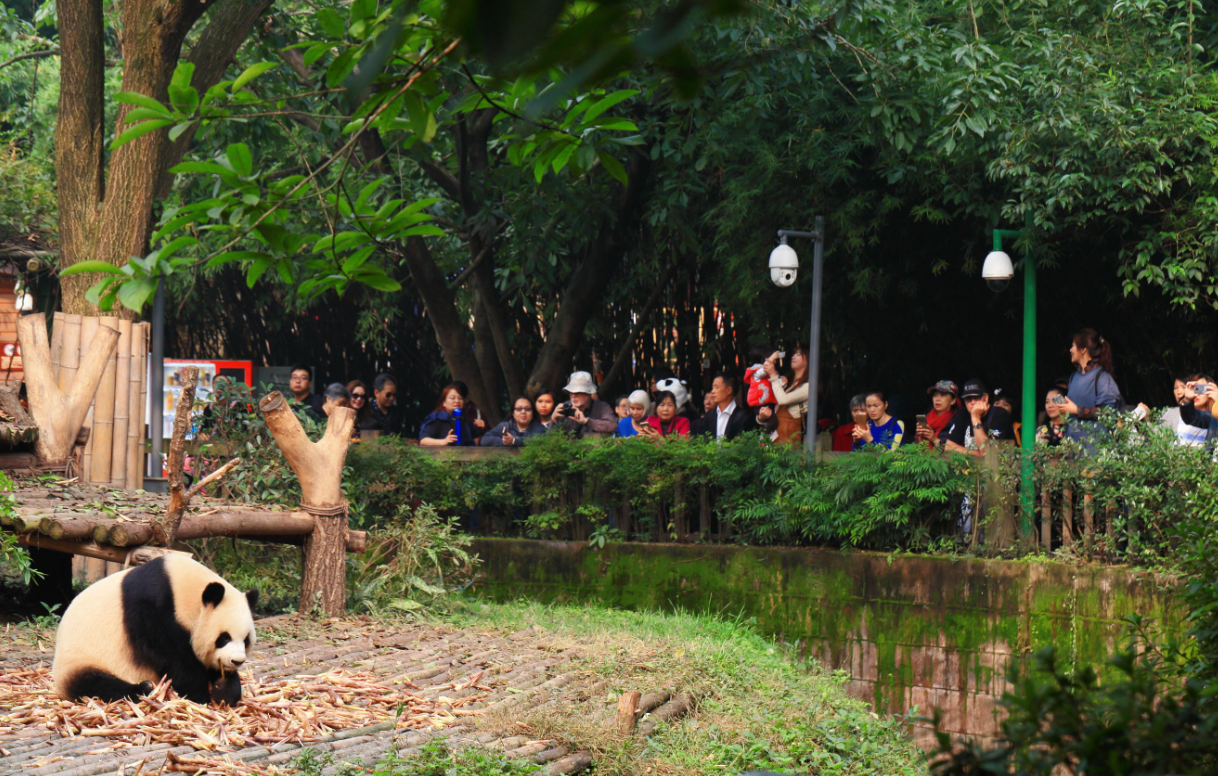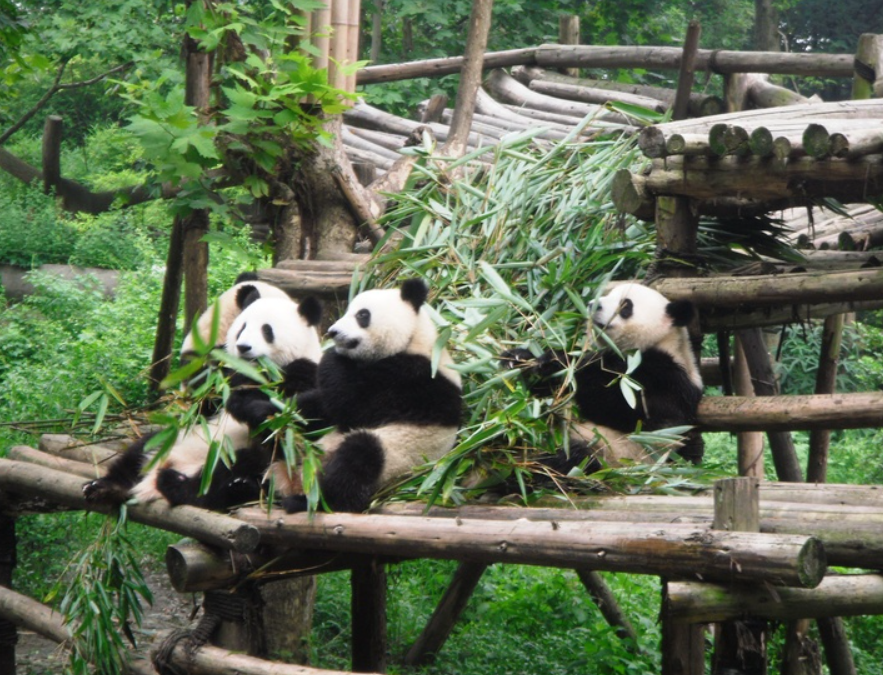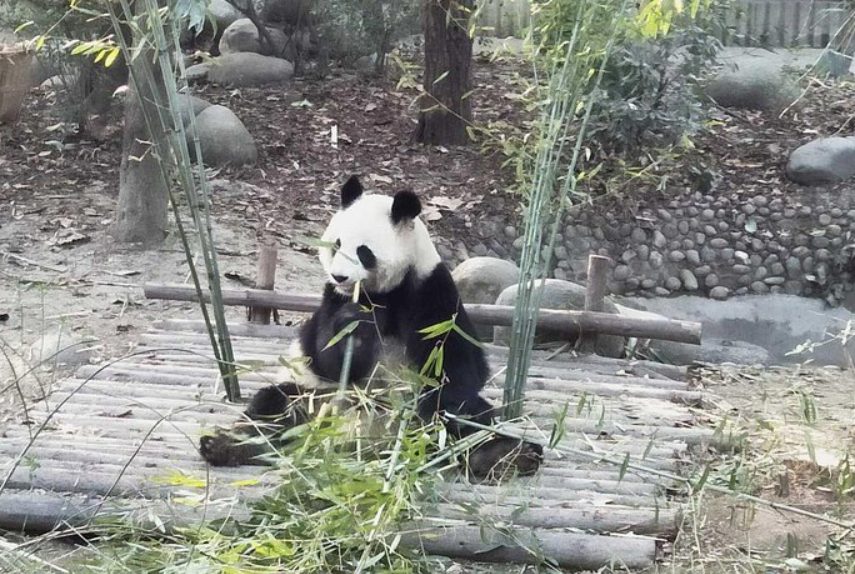Best Time to Visit Chengdu for Pandas: A Traveler’s Guide
Table of Contents:
-
Why Chengdu Is the Panda Capital of the World
-
When Is the Best Time to See Pandas in Chengdu?
-
Where to See Pandas in Chengdu: Main Panda Centers
-
Tips for Visiting Panda Bases Like a Pro
1. Why Chengdu Is the Panda Capital of the World

If pandas are at the top of your China travel bucket list, there’s no better place than Chengdu. This laid-back city in Sichuan Province is home to several major panda research bases and breeding centers. The most famous among them is the Chengdu Research Base of Giant Panda Breeding, where you can see pandas of all ages—sometimes even newborn cubs.
What makes Chengdu special is its commitment to panda conservation and the accessibility it offers to visitors. Unlike remote mountain reserves, Chengdu’s panda bases are easy to reach and designed for a comfortable, close-up experience.
2. When Is the Best Time to See Pandas in Chengdu?
While pandas can be seen year-round, some months offer better viewing conditions than others.

Best months: March to May, and September to November
-
During these months, temperatures are mild, skies are clearer, and pandas are more active.
-
Spring (March to May) is especially charming with fresh greenery and occasional sightings of baby pandas born the previous year.
-
Autumn (September to November) brings cooler weather, which encourages pandas to play, climb, and eat more actively.

Avoid peak summer (June to August)
-
Chengdu becomes hot and humid in summer. Pandas tend to stay indoors in air-conditioned enclosures, making them harder to see.
-
Tourist crowds are also heavier, especially during school holidays.

Winter (December to February)
-
If you don’t mind the cold, winter can be a quiet and peaceful time to visit. Some pandas may even enjoy the chill and remain quite active. Just note that it can get foggy and damp.
3. Where to See Pandas in Chengdu: Main Panda Centers
1. Chengdu Research Base of Giant Panda Breeding
-
The most popular and accessible base, located just 30 minutes from the city center.
-
Features dozens of pandas, including red pandas, nurseries, and educational exhibits.
-
Try to arrive early (before 9 AM) when feeding and playtime are at their peak.
2. Dujiangyan Panda Base
-
Around 1.5 hours from Chengdu, this base is quieter and offers special volunteer programs.
-
A good choice if you want a more hands-on experience and fewer crowds.
3. Wolong National Nature Reserve
-
About 3 hours from Chengdu, this base is in a more natural setting and serves as a rehabilitation and research center.
-
Ideal for travelers who want to see pandas in semi-wild environments, but access can be more difficult.
4. Tips for Visiting Panda Bases Like a Pro
-
Go early in the morning: Pandas are most active from 8:30 to 10:30 AM. After that, they usually nap.
-
Check breeding seasons: July to September is cub season, but the newborns are often kept away from public view until they’re stronger.
-
Dress for the weather: Chengdu’s climate is humid. Bring layers in spring and autumn, and sun protection in summer.
-
Buy tickets in advance: Especially in peak seasons, panda bases can get crowded. Pre-booking saves time.
-
Be respectful: Don’t shout, feed the animals, or use flash photography. Silence and patience often reward you with better panda moments.
Conclusion
If your goal is to see pandas at their happiest and most active, spring and autumn are the best seasons to visit Chengdu. With its well-maintained panda centers and pleasant climate, Chengdu offers the perfect setting for one of the world’s most heartwarming wildlife experiences. Whether you’re traveling solo, with friends, or as a family, a panda day in Chengdu is something you’ll never forget.

